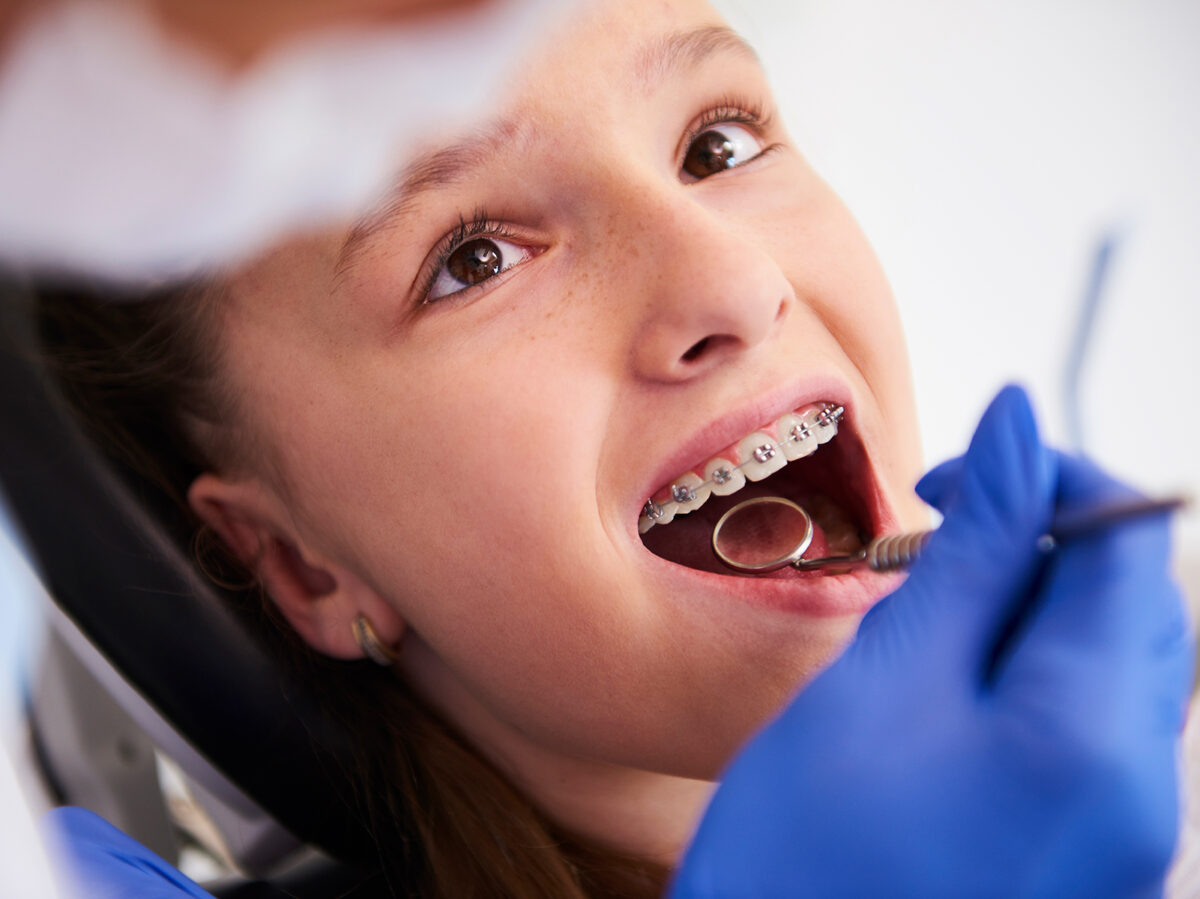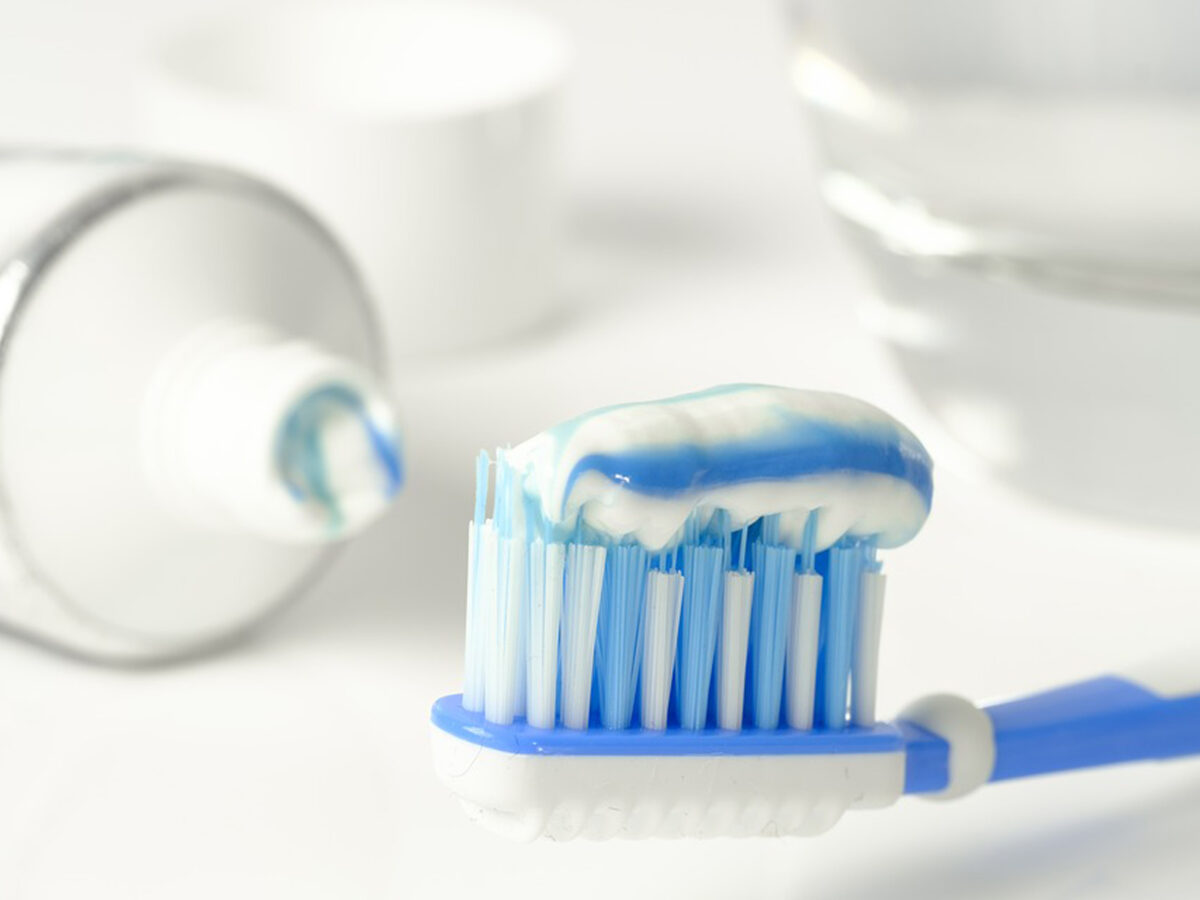Children who have crooked teeth or jaws often benefit from orthodontic braces, which are widely available and highly effective. The teeth and jaws of growing children go through dramatic changes that can result in misaligned teeth. If these disorders are recognized and treated before they worsen, your child’s dental health and well-being will benefit greatly. This post will discuss the four most common indications that your child may benefit from orthodontic evaluation and early intervention in the form of braces.
Top 4 Reasons Your Child Might Need Braces
1. One of the most common reasons why kids require braces is because they have crowded or crooked teeth. If your teeth are crowded, your mouth is too small to fit them all. This can lead to misalignment, overlap, and twisting of the teeth. Tooth misalignment can lead to aesthetic concerns with one’s smile and oral health problems such as difficulty cleaning between teeth, an increased risk of cavities, and gum disease.
- Braces gradually move the teeth into their proper places to straighten and align the teeth. Early intervention with braces can be beneficial to make room for permanent teeth to erupt without extractions and avoid more expensive orthodontic procedures later in life.
2. When the mouth is closed, an overbite occurs when the upper front teeth severely overlap the lower front teeth. When the lower front teeth overlap the upper front teeth, this is known as an underbite. Biting, eating, speaking difficulties, and cosmetic issues can result from an overbite or underbite.
- By gently but firmly nudging the teeth and jaw into place, braces can effectively correct both overbites and underbites. To diagnose these problems and begin corrective therapy at a young age when the jaw is still developing an early orthodontic evaluation is crucial.
3. When the rear teeth are squeezed together, an open bite occurs when a space exists between the upper and lower front teeth. Habits like thumb-sucking and tongue-thrusting, as well as problems with the jaw, might contribute to this.
- The child’s ability to chew and talk clearly can be greatly enhanced by having the gap closed and the open bite corrected with braces. Further orthodontic equipment or habit-breaking tools may be employed to fix the underlying issues that led to the open edge.
4. When the mouth is closed, a crossbite occurs when the upper teeth overlap the lower teeth. This disorder can affect either side of the mouth, causing discomfort in the jaw and making it hard to bite and chew.
- Crossbites can be fixed with braces by moving the teeth into the correct locations over time. Early intervention is necessary to prevent more serious skeletal discrepancies and encourage healthy growth and development of the jaw.
The Value of an Early Orthodontic Assessment:
An early orthodontic evaluation is necessary to discover dental alignment difficulties and the best course of action for your child’s oral health. Children should receive their first orthodontic evaluation by age seven, as the American Association of Orthodontists suggested. Most children have their first set of permanent molars and incisors by this time, allowing orthodontists to evaluate the situation and determine the best course of action.
The best possible outcomes can be attained by taking advantage of the child’s normal growth and development and addressing dental problems as soon as they are detected through early intervention. When certain conditions exist, treating the kid with interceptive or Phase I orthodontics may be necessary before the permanent teeth grow in.
Conclusion:
Incorrect dental alignment in youngsters is a common problem that braces can fix. Your child’s teeth should be evaluated and treated as soon as possible if they show crowding, misalignment, an overbite, underbite, open bite, or crossbite. Getting your child started on an orthodontic plan early can save you time and money, enhance their oral health, and boost their confidence.
Schedule an appointment with an orthodontist if you think your child may require them or if they are seven years old and have not yet had an orthodontic evaluation. Your child will meet with a professional orthodontist who will evaluate their tooth and jaw alignment, present treatment alternatives, and develop a customized treatment plan. When started at a young age, orthodontic treatment can provide the groundwork for a lifetime of good oral health and a beautiful smile.




